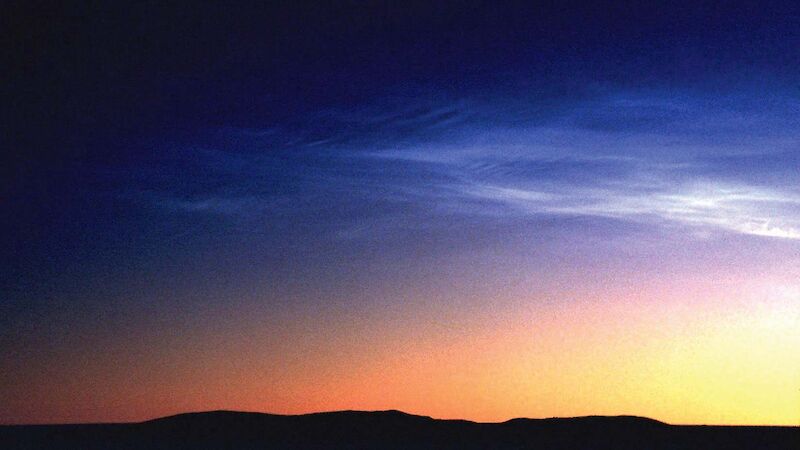The total solar eclipse on Monday November 24 offers a rare opportunity for atmospheric scientists to gather information on elusive noctilucent clouds.
Australian Antarctic Division (AAD) atmospheric scientist Dr Andrew Klekociuk said that noctilucent clouds, containing water ice crystals, formed near 85km altitude over Antarctica during summer and were an important indicator of climate change in the upper atmosphere.
“In the southern hemisphere, noctilucent clouds are rarely seen from the ground, without the help of instruments, and the eclipse offers a unique opportunity for detection.
“The sun needs to be between six and 16 degrees below the horizon so that the lower atmosphere is in darkness while the clouds are still illuminated by the sun,” said Dr Klekociuk.
“The clouds were detected by our LIDAR (light detection and ranging) instrument at the AAD’s station at Davis station during the summers of 2001/02 and 2002/03 and can be detected by Earth-orbiting satellites.
“However, we are not able to see them without the assistance of this technology, except during an eclipse.
“At this time of year, all of Antarctica is in sunlight meaning that the clouds cannot be seen unless the sun is eclipsed and we hope to see noctilucent clouds along the edge of the path of the moon’s shadow.”
Dr Klekociuk said that photographs would be taken and used to map their location for comparison with satellite measurements.
“Monitoring the location and extent of the clouds is important for studies of climate change in the upper atmosphere. There is ongoing debate as to whether noctilucent clouds are becoming more prevalent.
“If this is the case, it may indicate cooling of the upper atmosphere and a change in the water vapour content at high altitudes,” Dr Klekociuk said.

